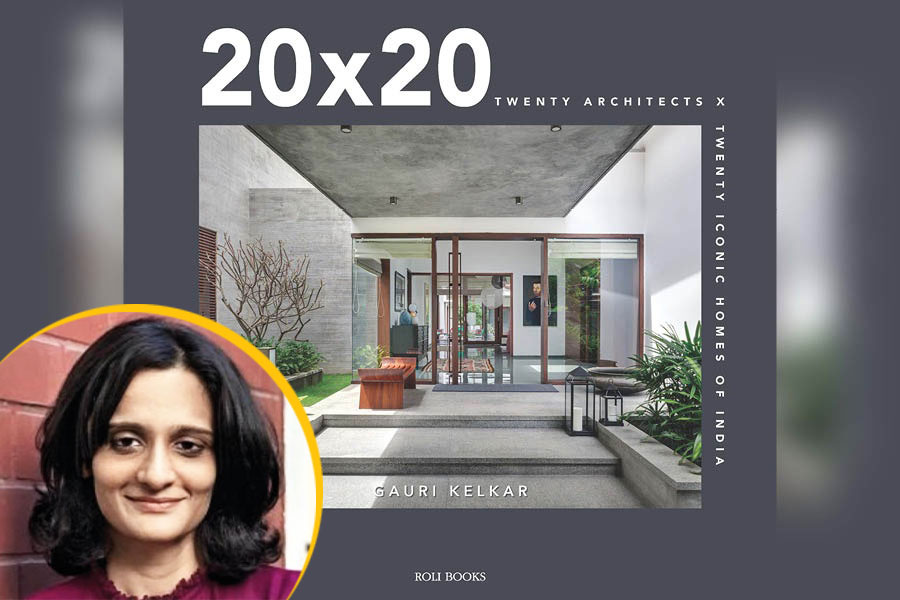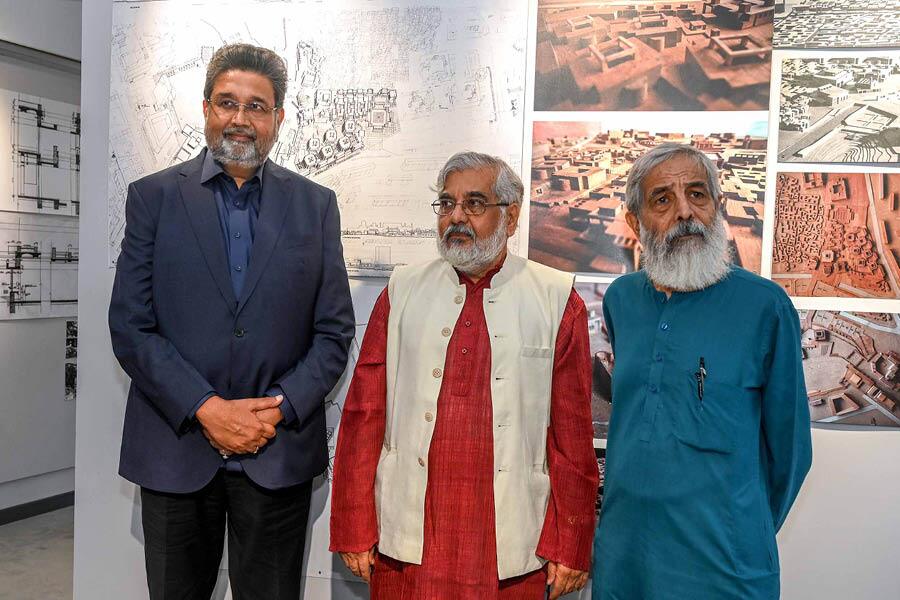Every home has a story to tell, it’s said. A home tells you about its occupants, their tastes, preferences, desires, a gamut of things. Eclectic or bizarre, modest or subtle, trendy or traditional, the choice from the exterior to the interior remains entirely the houseowner’s. Writer Gauri Kelkar has put together 20 of the most architecturally and aesthetically stunning Indian homes for discerning eyes.
What drew you to writing a book on Indian homes? What are you trying to showcase through this book?
It was actually sometime in mid- to late-2021 that Priya Kapoor of Roli Books got in touch with the idea of a large-format book on residences in India, with a focus on architecturally interesting homes. I’ve had some fair bit of experience of editorial writing focused on design and architecture, having written for AD India, Beautiful Homes, etc, so the idea of such a book sounded very exciting.
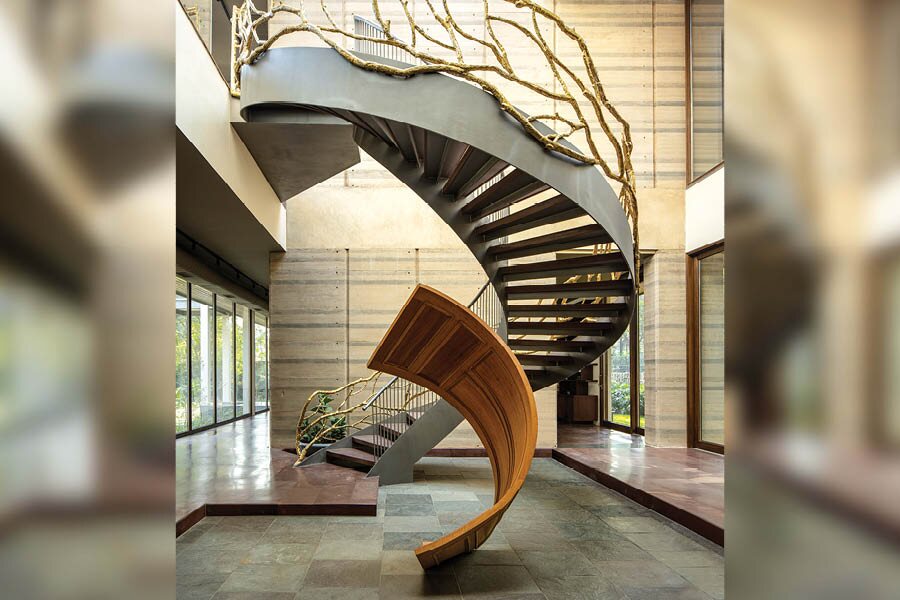
Earth and Glass Niveditaa Gupta
I think the endeavour was just that — to showcase an amazing collection of homes around the country, going beyond the obvious locations (big cities) and really get a big-picture idea of who’s doing what and where. The format of a large illustrated book was to allow readers to really get a well-rounded insight into what goes into making such homes, to hold something solid in their hands and enjoy the process of reading about them and absorbing the images at leisure. Architects in India are doing such amazing work so it seemed like a book that could capture even a slice of that would be fun.
How did you arrive at the final selection of 20 homes? What were the standout criteria you used in making the selection?

Earth and Glass House Niveditaa Gupta
I think this was honestly the most difficult part of the project. The upside is that there are so many incredible architects doing unbelievable work in India right now so this was a problem of plenty. It helped to have a sort of framework in place: to have a pan-India approach, to go beyond the metros and look at architects doing different and interesting work in other parts of the country; to look at the established firms, of course, but also at up-and-coming, younger architects and firms, those who are at a sort of midway mark in their journey — the entire spectrum; at men and women practising architecture. And arriving at just 20 from what's out there was an excruciating challenge. Obviously that's great for architecture as a profession. Priya and Ushnav, the editor from Roli Books who was on the project, were immensely helpful with moving ahead.
As you researched the book, what stood out for you in terms of architectural trends in the designing of Indian homes today? More specifically, can you talk a bit about contemporary Indian home interiors? What trends have you observed here?
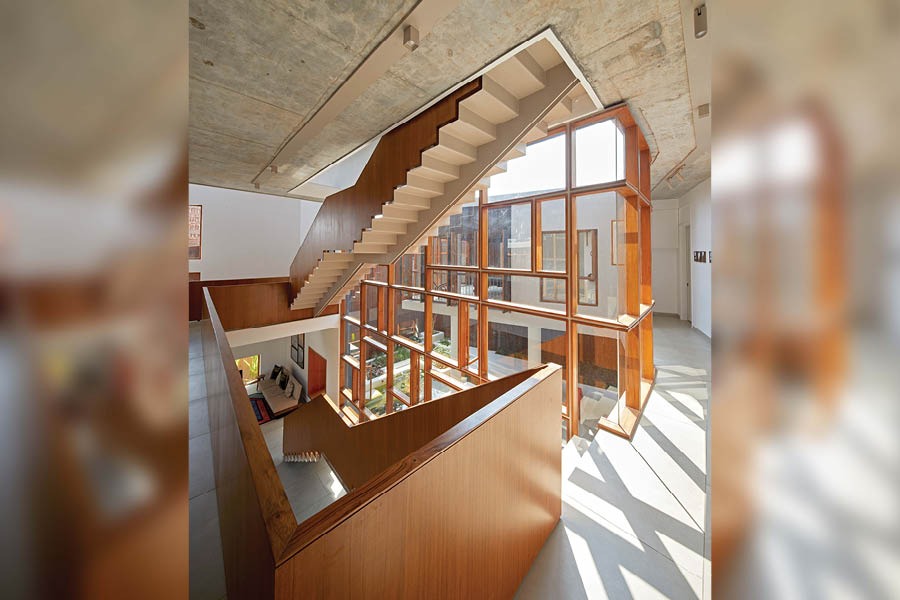
Abin House Edmund Sumner
The huge learning for me is the priority given to context and location. I’ll leave the observation or forecasting of trends to the experts but on the whole, I do believe that there is a certain sensitivity to building that doesn’t only meet a client brief but does so while navigating the complexities of region, plot, location etc. There also seems to be an emphasis on using local materials and exploring the potential and possibilities of working with local/indigenous craft, techniques, what have you. But the thing that really stands out is the felicity with which such local practices and materials are redefined to suit a contemporary context. So, there’s this entire modern reinvention and it has led to some great work.
This outlook extends to interior design too. And homeowners today are also well-travelled, well-read and open to new ideas. Then there is also the access and insights one can get by simply getting onto the Internet. If you’re curious about something, you will almost certainly find something about it online. People also look at luxury not just as opulence or having a lot of decorative elements but as looking at materiality, indoor-outdoor dialogue, the use of art, effectively using colours. In my opinion, there’s a lot of open-mindedness when it comes to looking at old things in new ways.
One could argue that a lot of Indian architecture is not terribly focused on aesthetics. Given the gems you’ve unearthed for this book — and which came as an eye-opener — would you say your book serves as a testament of hope for the current and future state of Indian home architecture?
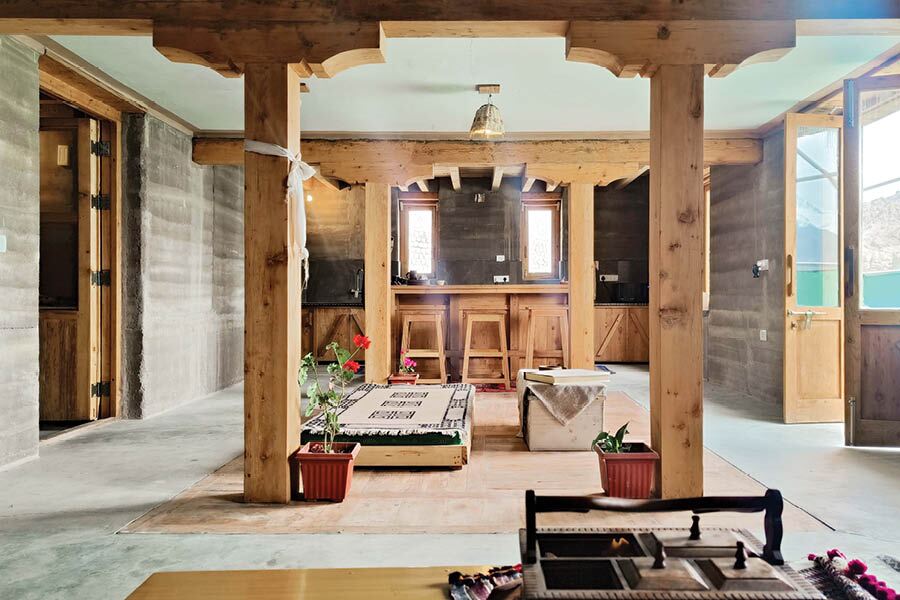
ThinLars Interior Living Room Field Architcts
I wouldn’t know about that first bit. I will say that the sheer volume of such residences that I came across in the course of researching for this book overturn that argument in the other direction. In the residences that I’ve been fortunate to come across — which made this book possible — there is such a focus on building something beautiful, functional and thoughtful, at looking at architecture holistically—not just slapping on a typical plan on any kind of plot. But yes, there is no denying that there is a tendency to do that too, to not look beyond the obvious when it comes to aesthetics (or just the notion that one should stick to a certain idea of luxury and not look any further). There are also big challenges vis-à-vis urban planning, overcrowded cities and climate crises that may have to be dealt with. That deserves a deeper analysis perhaps in really understanding that aspect of things and how it impacts the aesthetics of building.
So in that background, you’re probably right; these homes in the book really do serve as a source of hope for current and future ways of building, as a way to balance aesthetics and functionality. We should be so lucky that they become more and more the norm!
What future trends in Indian home architecture and interiors do you foresee? Will sustainability play an important part in this?
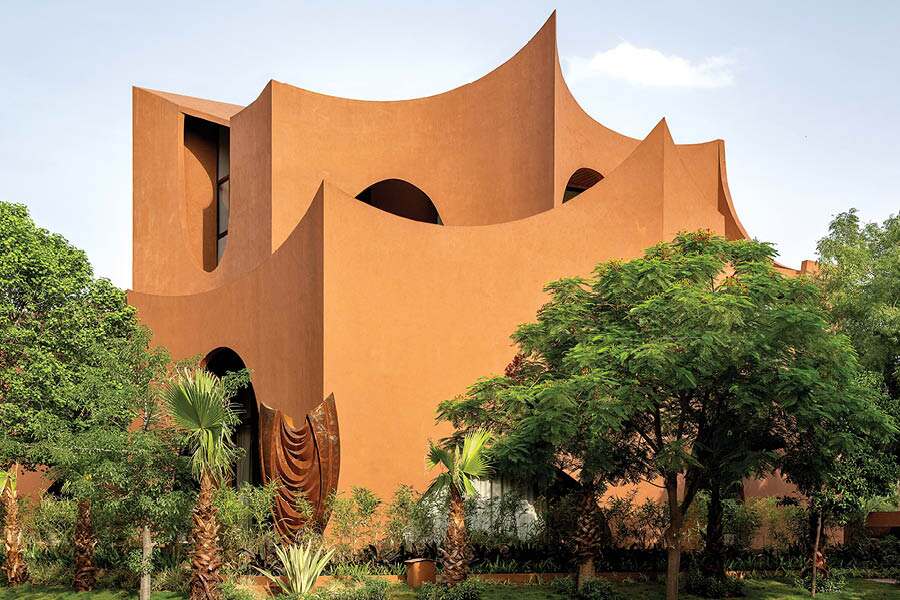
Another piece of earthy architectural splendour
Well, again I wouldn’t want to get into trends but from what I have gleaned, context and location, local materials, a new way of looking at luxury, what a comfortable home means, all are now important considerations. And yes, I think sustainability will play a part considering we’re currently facing a pretty big fallout of climate change. Also, more and more people are coming around to the idea that being gentle on the environment, making design/decor choices based on that, doesn’t necessarily mean compromising on personal comfort or aesthetics. And clearly, if these homes are any indication, it is certainly achievable.
Who, according to you, are some of the best architects and studios practising in India today, specifically in the residential architecture space?
I wouldn’t even know where to begin! It was why this book has been such a challenge. Sticking to just 20 beautiful across India was very difficult. I’d say there are too many to count — and isn’t that an amazing thing for architecture in India?
